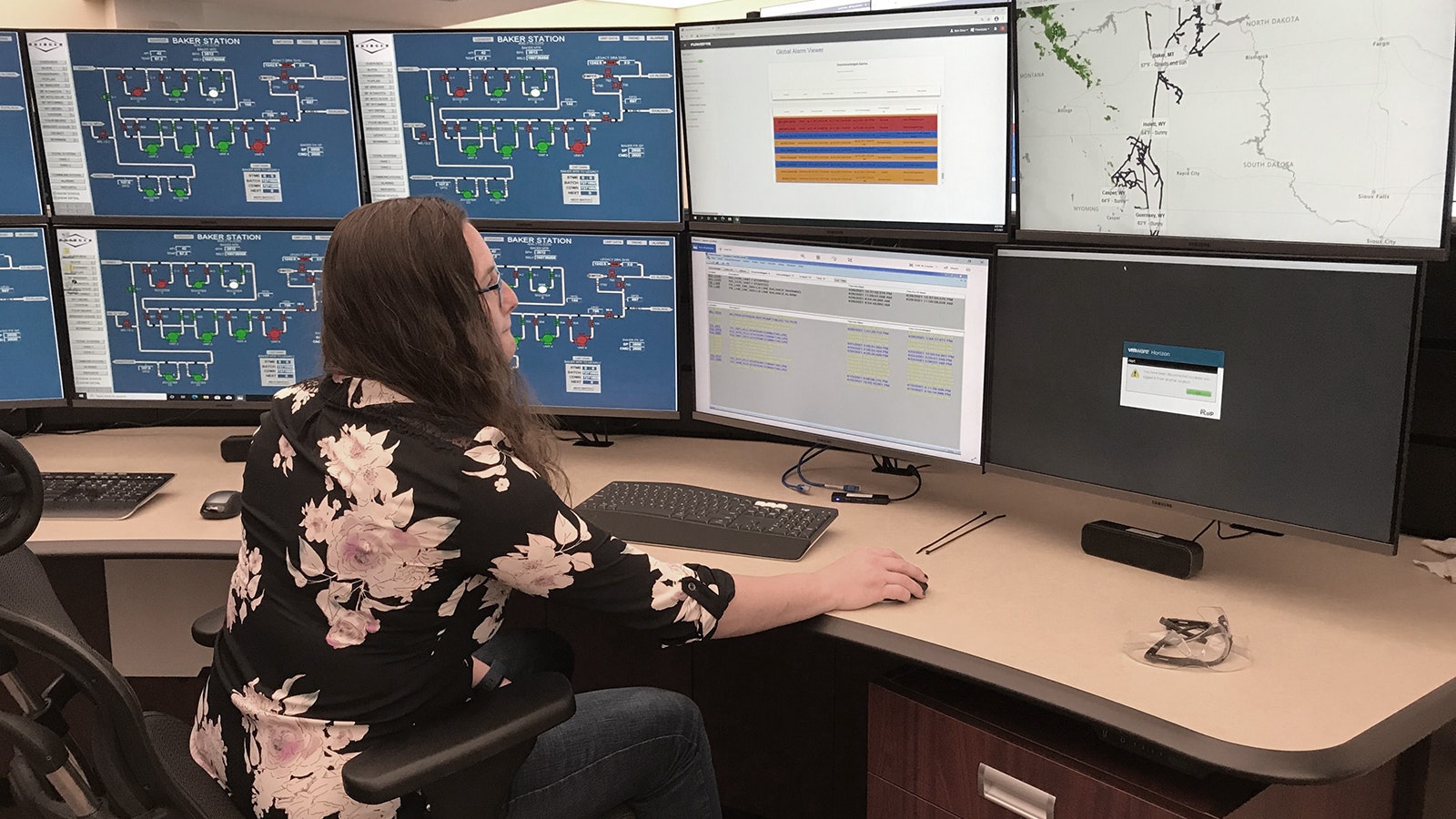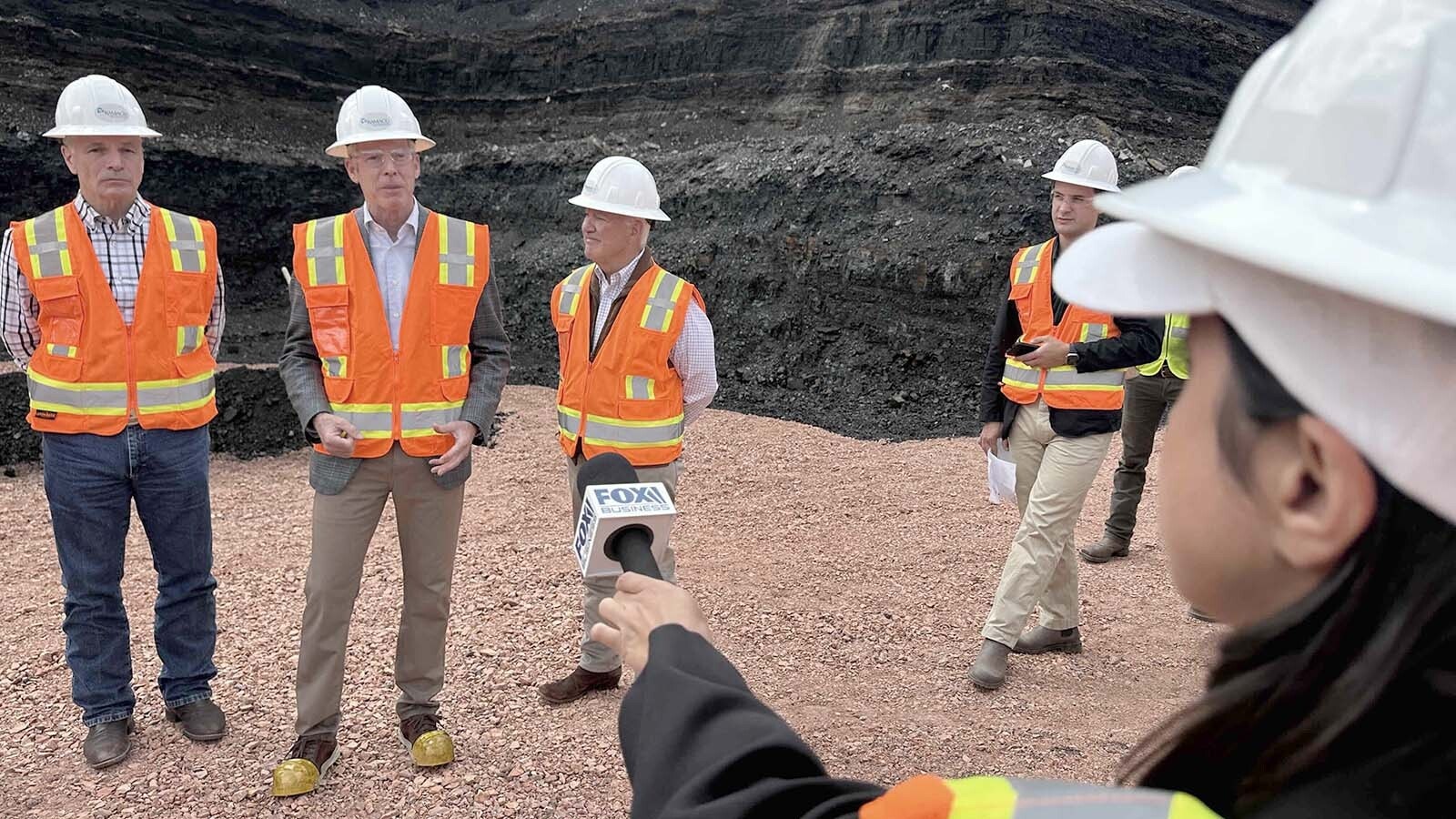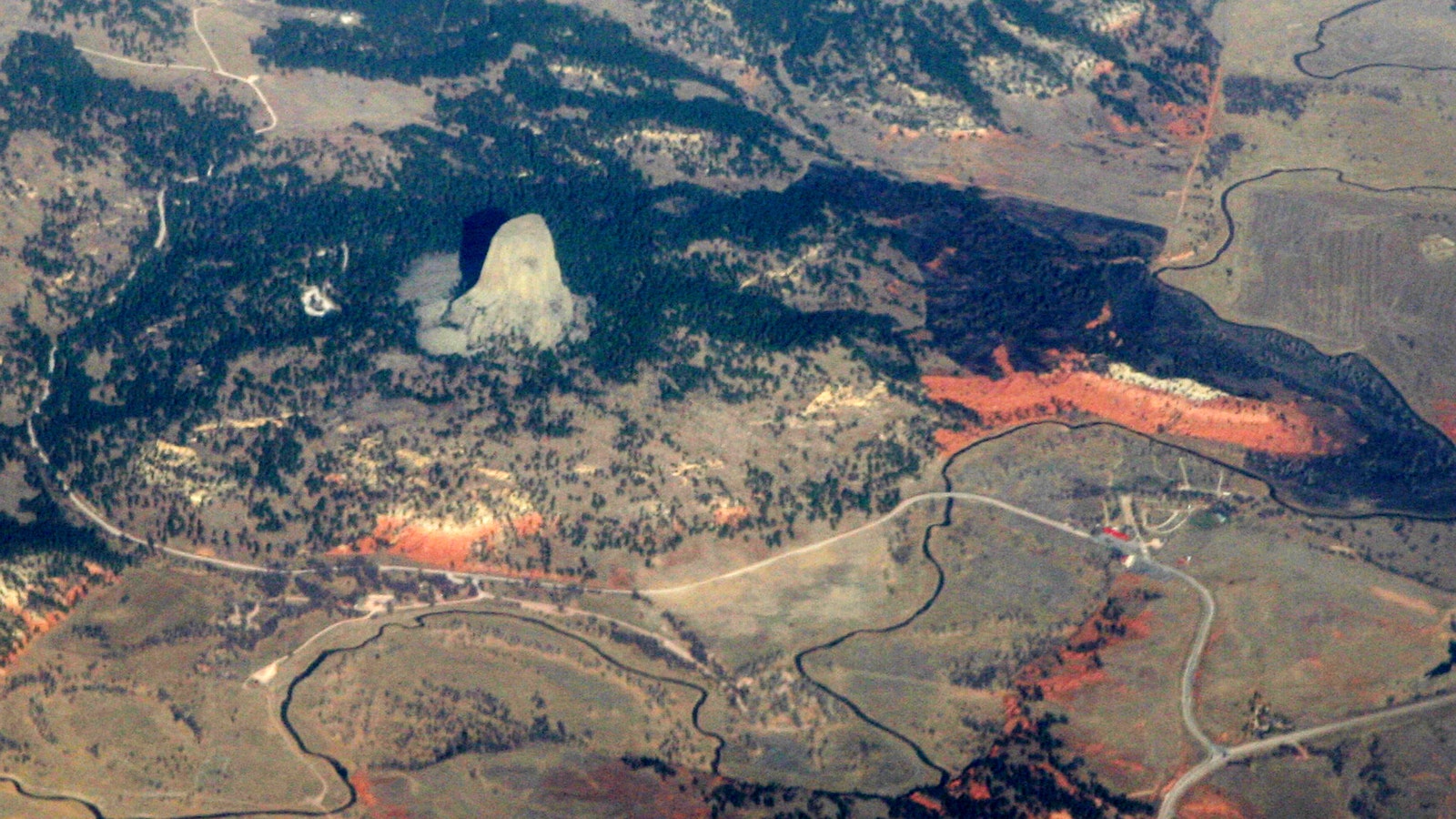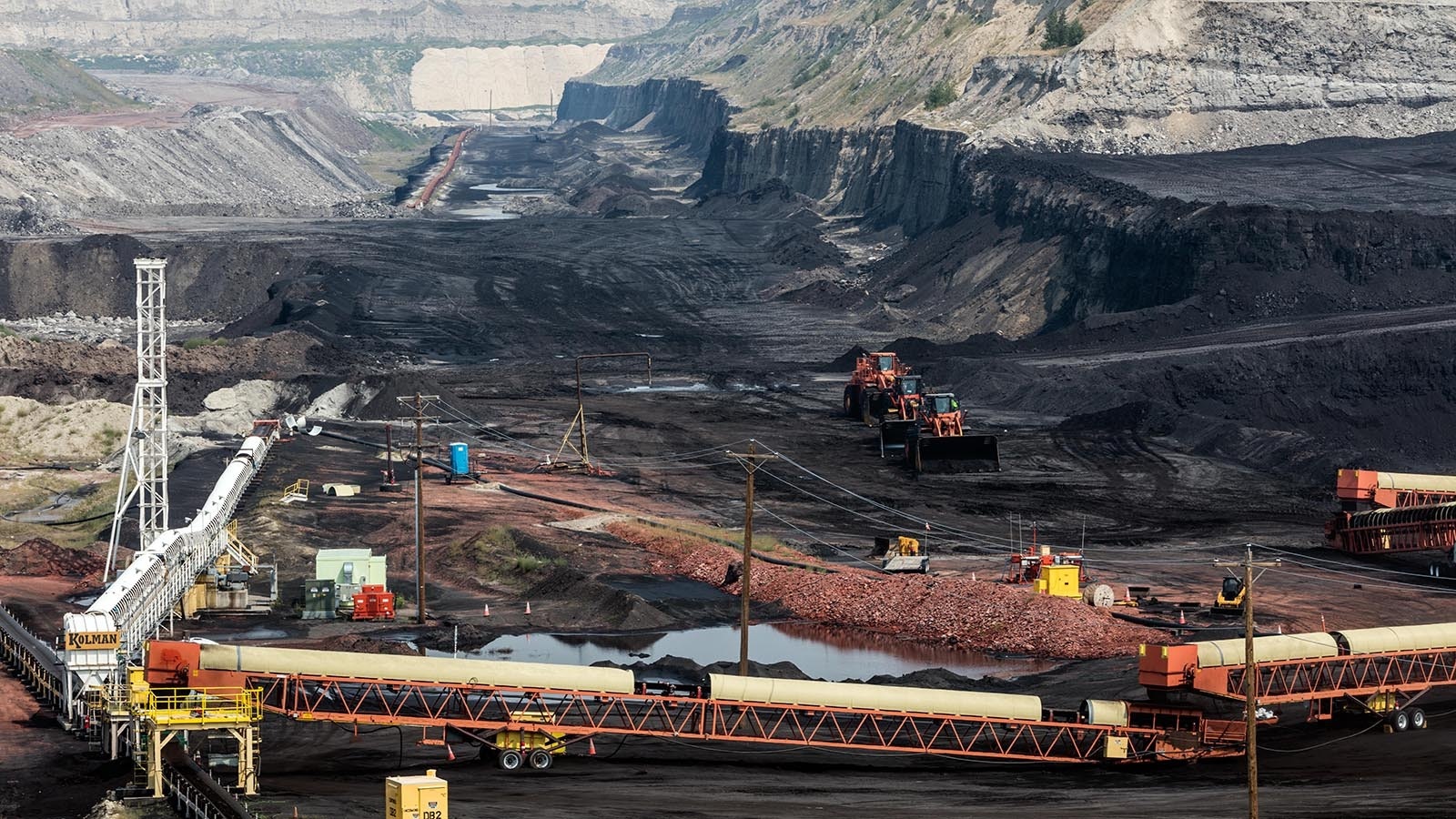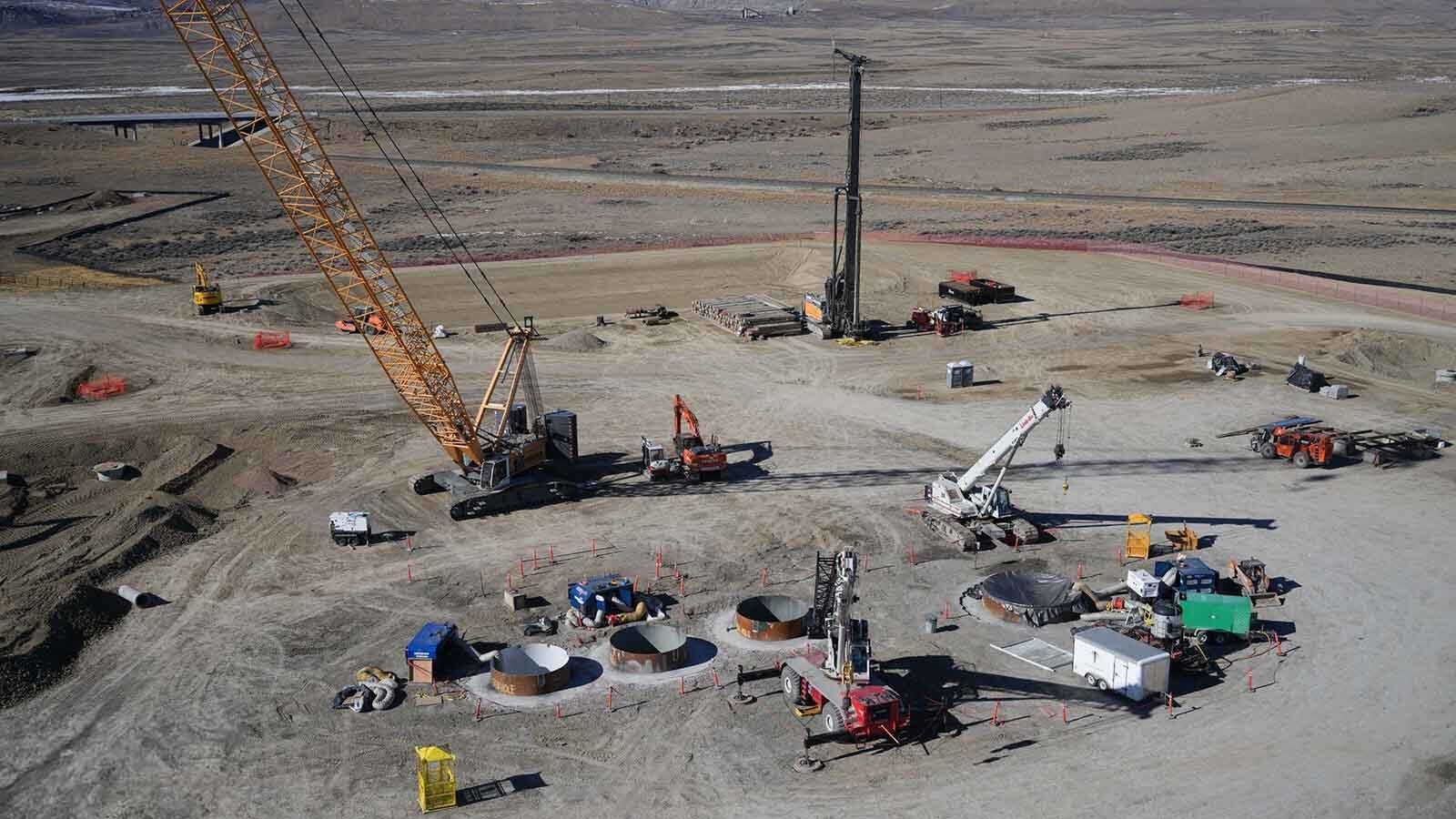Two Wyoming natives founded a software company, Flowstate, in Casper, which is demonstrating that the Cowboy State is a place where great business ideas can grow and flourish.
It’s also helping to make pipelines safer.
Thousands Of Miles
While oil pipeline spills get a lot of attention in the media, they’re actually quite rare. And pipelines remain the safest way to transport energy products.
According to data from the Pipeline and Hazardous Materials Safety Administration, the number of pipeline incidents per year in the last 20 years has ranged between 571 and 712, despite increases in oil and gas production.
Oil companies lose a lot of money in pipeline spills, so it’s something they have for years been working to eliminate as much as possible.
Several years ago, Bridger Pipeline, which is one of the Casper-based True Companies that has its origins in 1940s Wyoming, wanted to find a better way to evaluate detection data across their complex pipeline system to improve safety and prevent leaks.
“They’ve got thousands of miles of pipeline running from the Canadian border down through North Dakota, Montana and Wyoming to a hub in Guernsey,” said Jerad Stack, co-founder and CEO of Flowstate.
Flowstate Origins
The people at Bridger teamed up with software developers at IBM. That partnership led to a prototype of a system that could take all the data that comes off a pipeline and combine it with a subset of artificial intelligence (AI) called machine learning.
In the fall of 2019, Bridger brought in Stack and Angie Schrader, who is now Flowstate’s chief operations officer, to work on the AI project.
Schrader was born and raised in Riverton and graduated with a mechanical engineering degree from the University of Wyoming. She married a man from Casper, where she now lives.
Stack was born and raised in Casper and also got his mechanical engineering degree from UW. He bounced around Texas and Florida before coming back to work for Bridger.
The work with Bridger was Schrader’s and Stack’s first in the oil and gas industry.
“Which is strange considering we’re both Wyomingites,” Stack said.
After working within Bridger, Schrader and Stack spun off to form Flowstate. They brought in their first new employees about two weeks before COVID-19 shut everything down.
“So, that was a nice little challenge for us over the next few months,” Stack said.
They got through that and have grown to a company of 21 employees, and they’re hoping to hire more.
Internet Of Things
To get an idea of what the company does, consider what’s called “the internet of things.”
This describes a concept of objects with sensors combined with technologies that process and exchange data over a network.
This would be like a home appliance network connected to Alexa, allowing users to interact with and provide commands to all those different devices across the household.
The Flowstate system works the same way, but with data from pipeline sensors.
“Pipelines were the internet of things before that was a thing,” Stack said.
All this data showing flow rates, pressures, fluid density, type of fluid moving through a pipeline are transmitted through satellites, cellphones and fiber optics. There’s a wide variety of gauges and sensors that provide this data, including what are called “smart pigs.”
These are sort of like drones that move through a pipeline.
Data Crunch
This data ends up on monitors at a control center that’s staffed 24/7, where operators keep track of what’s happening on the pipeline and make adjustments as needed.
It’s ultimately a lot of data for human operators to crunch. That’s where Flowstate’s software system comes into play.
“We have a whole team of data scientists building machine-learning, artificial-intelligence models,” Stack explained.
With that system, they have a model of what a healthy pipeline looks like and what something anomalous looks like, which might mean a problem.
No Crying Wolf
The vast majority of anomalies detected with Flowstate software, Stack said, are not leaks. In most cases a sensor is giving a bad reading, a pump isn’t working right or communication equipment is failing.
“There’s a lot of false alarms,” Schrader said. “And by offering better technology for our customers, we can reduce the number of false alarms. So, you don’t have a ‘cry wolf’ situation.”
A way to think of it, Stack explained, is how credit card companies detect fraudulent activity on a credit card. The companies have mountains of data that their software uses to create models of what normal transactions look like. And the more normal transaction data it takes in, the more its machine-learning systems can create accurate models of those normal transactions.
Then, when something appears out of the ordinary, the company alerts you, or in some cases, freezes the card. Sometimes, a legitimate but odd purchase raises a red flag, but the system gets better with time.
With thousands of miles of pipelines transmitting data on normal, healthy operations, Flowstate has a lot of good data to work with.
“We’re able to build these algorithms and allow the system to learn,” Stack said.
Career Paths
Schrader said that there’s nothing new about pipeline leak detection.
“Until we got started, the solution was to have a lot of instrumentation, collect a lot of data and throw a lot of engineers at the problem,” Schrader said.
With thousands of miles of pipelines in a complex system, companies like Bridger were seeking a better way to use the data it had.
“Machine learning can bridge a lot of these difficulties,” Schrader said.
Some of the company’s staff have worked in the oil and gas industry and are pursuing second careers at Flowstate. It allows them to stay in the industry through a different skillset.
“In some cases, to survive the cyclical nature of the work, or to minimize the travel involved in the world, they went to pursue a different direction in the field,” Schrader said.
Since it’s on the environmental safety side of things, the business is a lot less cyclical than other aspects of oil and gas, such as drilling operations.
Different Approaches
Stack said that Flowstate is not the only company working on pipeline problems.
“There’s probably 20 or 30 startups around the world trying to solve the same problem, and we’re not going to solve all of it,” he said.
Since pipeline operators don’t want leaks, they’re likely to try a lot of approaches, including aerial monitoring with drones and other software detection systems.
“Then they’ll use our real-time monitoring system as well,” Stack said.

